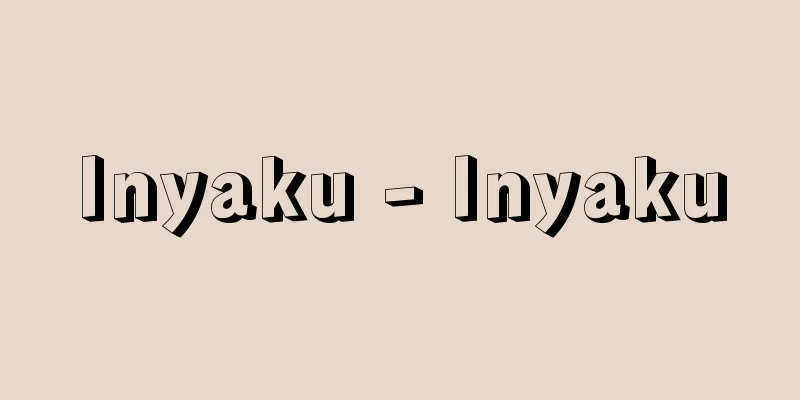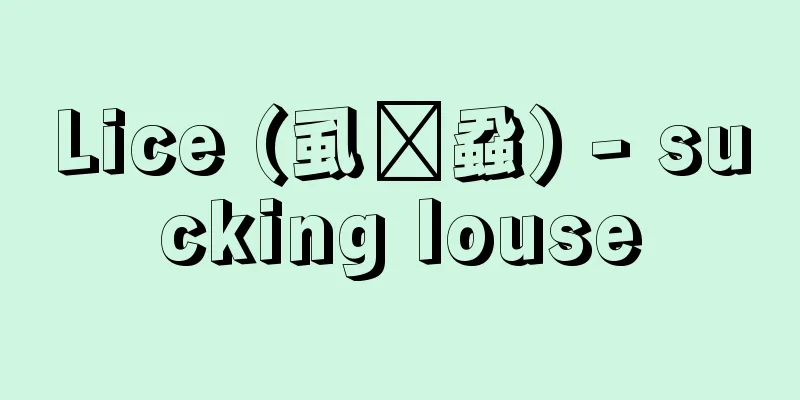Chuguji Temple

|
This temple is located in Horyuji, Ikaruga-cho, Ikoma-gun, Nara Prefecture. It is a monzeki nunnery belonging to the Shotoku sect of Nara Buddhism centered around Horyuji. Its mountain name is Hoko-san. It is also known as Chuguji-niji, Chuguji Gosho, and Ikaruga Gosho, and is called Ikaruga-niji in contrast to Horyuji, which is called Ikaruga-dera. It is the head temple of nunneries across the country. The principal image is Nyoirin Kannon (Avalokitesvara). There are various theories about the founding of the temple, but according to temple legend, in 596 (the 4th year of the reign of Empress Suiko), Prince Shotoku built a palace for his mother, the Empress of Emperor Yomei (Princess Anahobe no Hashihito), and after his mother's death, he turned the palace into a temple to pray for her soul, and named it Nakamiyadera, with his mother as its founder. It flourished as a nunnery associated with Prince Shotoku since ancient times, but fell into decline during the Kamakura period. It was restored during the Edo period, and its head priests were successively appointed by the Fushiminomiya family. Most of the existing buildings date from the Edo period onwards. The temple's collection includes valuable cultural properties such as the principal image, a wooden half-seated bodhisattva (called a Nyoirin Kannon statue at the temple, but generally regarded as Miroku bodhisattva), the Tenjukoku embroidery screen (both of which are national treasures), a paper standing Manjusri bodhisattva, and the paper-and-ink inscription "Yogashijiron" (both of which are national important cultural properties). The half-seated bodhisattva is an elegant statue in a pensive half-seated position, and is famous as a masterpiece from the late Asuka period, along with the half-seated Maitreya bodhisattva at Koryuji Temple in Kyoto. The Tenjukoku embroidery screen is a silk fabric embroidered with colored threads depicting the Pure Land, and is said to have been made for the memorial of Prince Shotoku. It is the oldest embroidery in Japan, but only a few fragments remain. [Michio Sato] Source: Shogakukan Encyclopedia Nipponica About Encyclopedia Nipponica Information | Legend |
|
奈良県生駒(いこま)郡斑鳩(いかるが)町法隆寺にある寺。法隆寺を中心とする奈良仏教系の聖徳(しょうとく)宗に属する門跡尼寺(もんぜきにじ)。山号を法興山という。別称は中宮尼寺、中宮寺御所(ごしょ)、斑鳩御所といい、また法隆寺を斑鳩寺というのに対して斑鳩尼寺という。全国尼寺の総本山。本尊は如意輪観音(かんのん)。寺の創建に関しては諸説あるが、寺伝では、596年(推古天皇4)、聖徳太子は母の用明(ようめい)天皇皇后(穴穂部間人(あなほべのはしひと)皇女)のために中宮を建て、母没後、その菩提(ぼだい)を弔うために御所を寺刹(じさつ)にしたといい、母を開祖として中宮寺(なかみやでら)と号した。古くから聖徳太子ゆかりの尼寺として栄えたが、鎌倉時代には衰微。江戸時代に復興し、その門跡も代々伏見宮家から迎えられた。現存の建造物はそのほとんどが江戸時代以後のもの。本尊の木造菩薩半跏(ぼさつはんか)像(寺では如意輪観音像というが、一般には弥勒(みろく)菩薩とみられている)、天寿国繍帳(てんじゅこくしゅうちょう)(以上2点は国宝)、紙製文殊(もんじゅ)菩薩立像、紙本墨書『瑜伽師地論(ゆがしじろん)』(以上2点は国重要文化財)などの貴重な文化財が所蔵されている。菩薩半跏像は思惟(しい)半跏の優美な像で、京都広隆寺の弥勒菩薩半跏像とともに飛鳥(あすか)後期の名品として有名である。また天寿国繍帳は、絹布地に色糸で極楽浄土を刺繍(ししゅう)したもので、聖徳太子追善のために製作されたという。わが国最古の刺繍物であるが、現存するのは数個の断片である。 [里道徳雄] 出典 小学館 日本大百科全書(ニッポニカ)日本大百科全書(ニッポニカ)について 情報 | 凡例 |
Recommend
Gagaku Instruments - Gagakki
...In China, gagaku means "music of elegance...
osteoporosis
Definition and Concept Osteoporosis is a condition...
Camembert cheese
…Similar cheeses made in various countries using ...
"De la law" (English spelling)
…Mably, who dreamed of an idealistic equal societ...
Flugblatt (English spelling) [Germany]
It means flyer. Originally, it referred to flyers ...
Emergency Import Restrictions
⇒Safeguard Source: About Shogakukan Digital Daijis...
Ares - Ares (English spelling)
In Greek mythology, Ares is the god of war and mu...
Water-pollinated flower - Suibaiika
A flower in which pollen is carried to the stigma...
Nishiki [town] - Nishiki
A former town in Taki District, located in the nor...
Tarui [town] - Tarui
A town in Fuwa County in the southwest of Gifu Pre...
Tegami (English spelling) letter English
A letter is a means of communication using pen an...
Classical Latin (English spelling) Classical Latin
...However, since C sharing both k and g was inco...
Suit - Sebiro
Abbreviation for "seisuifuku" (suit), w...
Araya-style engraving machine - Araya-style engraving machine
…The engraving tool is a slightly thick piece wit...
Onoe Kikugorou (II)
...The art was continued by the 15th Uzaemon and ...
![Tateyama [city] - Tateyama](/upload/images/67cc236311cbd.webp)








